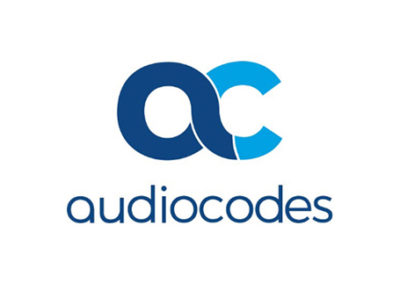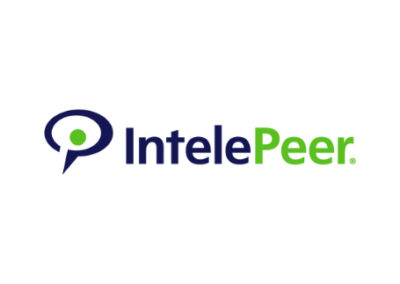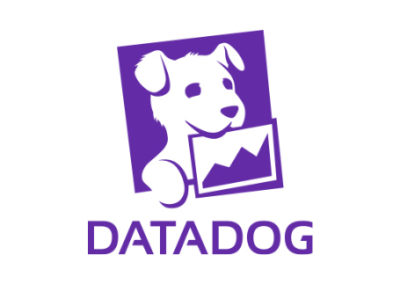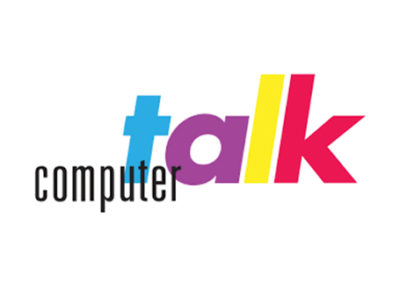
Standard Operating Procedures (SOPs) are crucial for efficiency in any technology organization, as they map out the workflow for everyone involved in a project or process.
If a process is a globe, giving a general idea of how things are laid out and how they interact, SOPs are an atlas. The atlas has a level of detail that provides turn-by-turn instructions for how to get from point A to point B.
This atlas-level detail provides employees a level of detail on how to move from step to step within a process and creates a higher level of efficiency and speed for each process. A detailed SOP also creates business continuity, in that any employee on a team can execute an SOP, because of its level of detail.
But what does this mean for systems that involve voice migration to the cloud?
In a highly customizable environment, it is important to have new feature requests down to a science, in order to serve the client’s unique needs with accuracy and efficiency. So while building a new feature has a creative element, the process by which to implement it is governed by an SOP.
What happens if you don’t have an SOP?
Without an SOP, employees don’t have concrete instructions for accomplishing the task at hand. This can lead to either paralysis or variable outcomes. Without an SOP, employees have to guess at the right steps to take. This leads to poor client service and a level of the unknown in the relationship between client and service provider.
The Wild, Wild West
In a process defined without SOPs, employees will have a general idea of what needs to happen in a certain situation, but they won’t have concrete instructions for how to complete the task. This creates a ‘Wild, Wild West’ atmosphere, in which team members guess and act on instinct. If the goal is consistency, this approach doesn’t accomplish it.
Especially when dealing with new feature requests, the process for defining and creating those items should be down to a science, in order to evaluate the feasibility of the new requested feature and to deliver it with efficiency and completeness.
Developing SOPs for New Feature Requests
Many technology companies deal with new feature requests on a regular basis. There are several general responses to these requests. The most common being “we don’t do that.” However, for a customizable tool, business processes and SOPs must be built for the new feature requests in order to serve the client’s business needs and deliver with agility. To avoid the ‘Wild, Wild West’ approach, T2M has developed a detailed SOP for fielding and assessing new feature requests.
A Science and an Art
Creating a new feature may be an art, but getting there is a science.
When a new feature request comes in at T2M, first, we start with a high-level diagram of each step that needs to take place, with decision points and path forks along the way. Next, we take each activity block and turn it into Desktop Work Instructions that provide minute detail for each task and each transition. These are detailed guides that clarify each step of the SOP.
With this level of detail in place for new feature requests, T2M can make creativity efficient when it comes to voice migration to the cloud. As clients use the tools more and more, they discover ways they can use them across their business in more creative ways. Clients are the best collaborators, as they see opportunities that providers may not. The two-way street between client and provider works best when providers are open to modifications and have processes and SOPs to make those modifications happen.
With an SOP in place for new feature requests, these opportunities can become a reality. The client submits the idea, then the team on the provider side gets to work implementing it, with no delays or continuity issues.
A team of subject matter experts and process managers create SOPs in order to create processes that work for new feature requests.
An SOP for Everything
When you have new feature requests coming in frequently, you need an SOP, not just a general process flow. While these requests can seem novel, the process of implementing them is not. Just as you probably have an SOP for every other mundane process, such as help desk and troubleshooting, you need an SOP for new feature requests.
When a provider has an SOP for new feature requests, the client gets customizability along with speed and accuracy. That’s how T2M can deliver great, customizable, and affordable results for each client.
Top 3 Things to Know About SOPs
- Every process performed more than once needs an SOP.
- Even new feature requests need an SOP for creation and implementation, to serve clients’ needs accurately and efficiently.
- Voice migration to the cloud initiatives need SOP’s to enable both efficient and creative fulfillment of feature requests.
- Without an SOP, you create a “Wild, Wild West” environment full of inconsistencies and delays.














